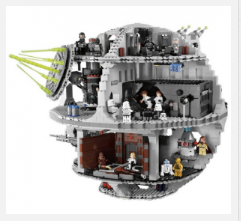Tag: creativity
Looking for Something New in Creativity?
What I lack in natural writing talent I make up for in experiences. Over the years, I have worked in a number of different businesses and business cultures. that led to something new in creativity. I also read widely and have worked with some really talented and smart people. That gives me a lot of…
Learning Creativity, Change, and Our Education System
Have you ever done any reading about learning creativity or ways to improve our educational system? Unless you walk out into the unknown, the odds of making a profound difference are pretty low. – Tom Peters One of the outside interests of this agency is learning creativity. We want to start this article with a…

6 Lessons the Lego Brand Teaches About Branding a Business
Why are brand stories and brand messages so important? Simply because they are the representation of all your business’ messages and images … all representing opportunities to draw customers into your brand’s world. They represent your ability to influence how people see you, feel about you, and talk to others about you. The words and…